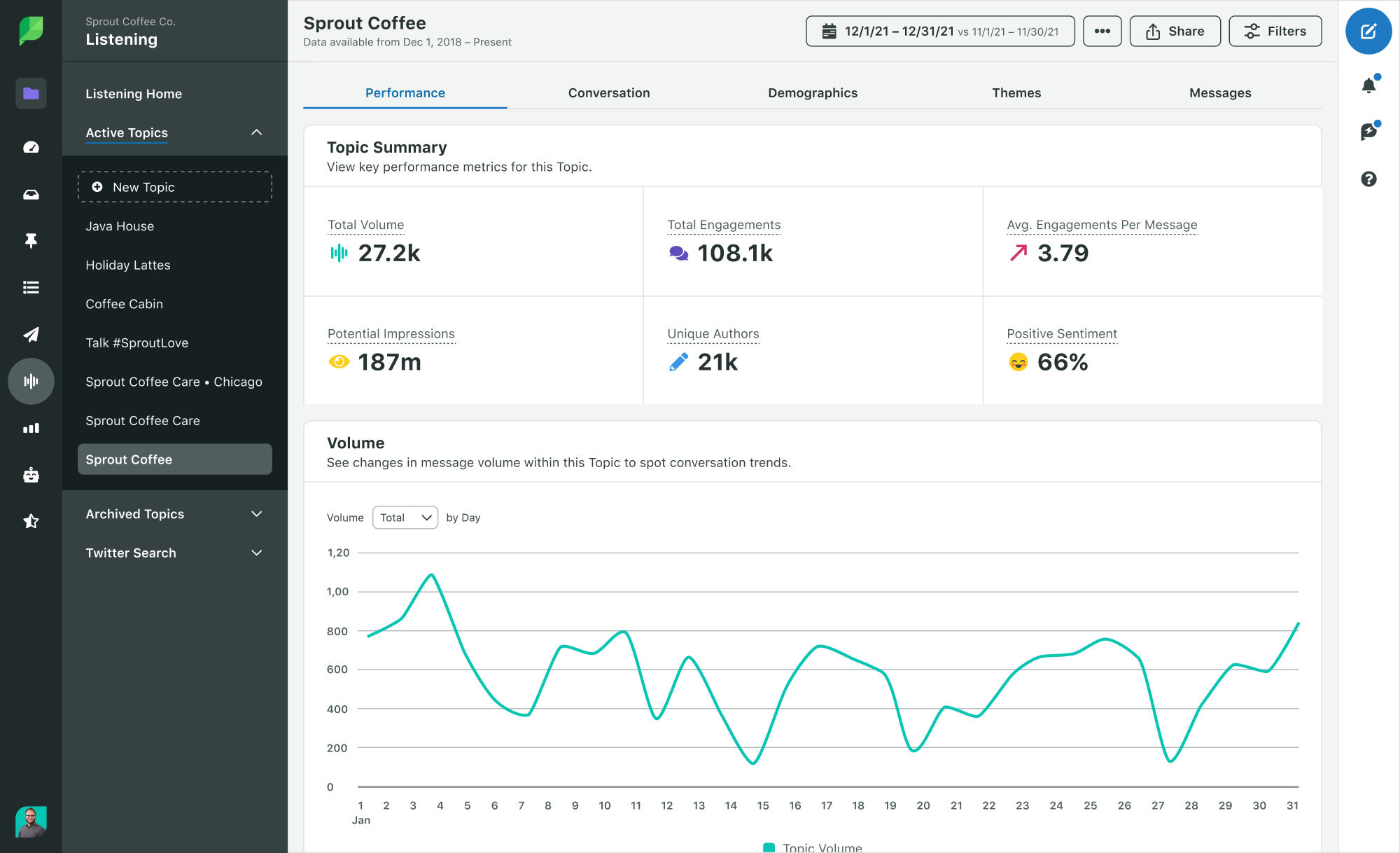How to define and reach your target audience on social media
Defining a target audience can be one of the most challenging aspects of social media marketing. But once you have a clear idea of who your audience is, you can run more relevant campaigns with better returns.
Here’s a comprehensive guide on what target audience is, and how to find and reach your audience through social media.
What is target audience?
Simply put, a target audience is a group of people who are most likely to be interested in your product or service. And the members of this group generally share common traits.
Let’s look at some examples of target audiences.
Canva, the design tool, has an audience of designers and design enthusiasts, this audience can be further segmented by the way the tool is used.
For example, one of Canva’s target audiences is teachers, who can use the tool to create worksheets, infographics, or posters.
Share your passion for education by making your classroom not just a classroom, but a home.
Keep the following tips in mind as you build your own positive and valuable classroom culture: https://t.co/ICmbCpUwOh
— Canva (@canva) January 28, 2021
Another key target audience group for Canva are social marketers who need to create engaging visuals for their brand’s social media and digital campaigns.
Take a break from the feed and read how marketing leaders are adapting in 2021!
in partnership with @hubspot, we surveyed over 500 marketing leaders to understand how they plan to grow this year. https://t.co/rq0BNj0VGa pic.twitter.com/ZH13yOHpA2
— Canva (@canva) February 4, 2021
Why should you define your target audience?
Why is it so important to define target audience? Below are some of the ways in which you can benefit from marketing to a target audience:
- You can spend your advertising budget more effectively.
- You know which social media platforms to pay attention to.
- You can develop messaging that truly resonates with current and potential customers. This makes it easy to connect with them and earn their loyalty.
Now that you know why you should define your target audience, let’s figure out who your target audience is.
Start by taking a closer look at your existing audience
To understand your target audience, start by taking a closer look at who is already following you or buying from you.
Here are some questions that will help you in this step:
1. Who is your current audience?
Monitor who follows you on social media and interacts with your posts. Who likes, shares and comments on your content? Look for common characteristics like age, location, language, and interests.
You can then use that demographic information to target similar people who are not yet following your brand.
2. What type of information are they looking for and why?
Knowing the types of information your followers seek and interact with will help you understand your audience. And you will identify their needs and how to reach them on social media.
People will have different reasons why they follow brands on social media. And you have to adapt your social media content strategy accordingly.
Here are the top four reasons why consumers want brands to use social media to help people connect with each other:
- Connect with like-minded people (57%)
- meet people different from them (52%)
- learn new skills (42%)
- Build community (36%)

3. Where do they go for this information?
Which social media platforms does your target audience visit the most? The answer to that question will help you know where to focus your marketing efforts.
For example, if most of your target audience is most active on Instagram, it doesn’t make sense to launch a Twitter campaign. Understanding what your target audience wants and on which platform will define your content strategy.
4. What are they talking about?
What are the likes and dislikes of your target audience? What challenges and what solutions are they looking for? What are they saying about your brand or products? Knowing the answers to these questions will help you understand their biggest pain points and desires.
A platform like Sprout Social makes online conversation easy with its social media listening tools. This tool tracks conversations around your brand, examines target audience preferences, identifies trending topics and much more.

5. Who do they trust?
Trust is key when building a relationship with your followers.
Think about your social habits: Do you trust any brands online? Do online reviews from other customers influence your buying decisions?
You should also think about how your business handles its reputation. Do you reply to all incoming messages or social mentions? Being responsive is key to building trust, retaining customers, and attracting new followers.
Define the key benefits of your products or services
Now that you understand your audience, you can explain how your products or services solve their problems. What value does your business provide? Think about how their pain points align with your key benefits, and you’ll be able to position your business in a way that resonates with your target audience.
see the competition
In order to properly define and reach your target audience, you also need to do market research about what the competition is doing. Ask questions like:
- What type of people are your competitors targeting?
- How are they reaching their target audience?
- What are they doing right?
- What’s missing from their strategy?
- What key benefits are they emphasizing in their marketing?
- How often are they posting?
- Which content format works best for them?
- What tone are they using?
Once you understand your competitors, you will be able to identify your key competitive advantages. For example, one of American Express’s biggest competitive advantages is its loyalty program for customers. And to promote this unique selling point, the company leverages Amex Ambassadors for its social media content strategy.

Create content for your social media target audience
Now that you have all this information about your target audience, it’s time to start creating content.
Here are some best practices to guide you:
- A/B test different content elements, formats, and publishing times, Fine-tune your content strategy based on the type of post your target audience will engage with. Monitor what kind of captions they like and what times work best to keep them engaged.
- Create content for different stages of the marketing funnel, For example, entertaining content can be great for raising awareness levels. But on an idea level for your audience members, informational and instructional pieces work better.
- Be more direct with your audience research, Instead of assuming or using analytics alone, consider putting those insights into context to see what your followers really think. Conduct polls and ask them questions so that you can connect with them better. And create customer personas to ensure that your content is highly relevant to all members of your target audience.
Ready to connect with your target audience?
Now that you’re armed with the knowledge to identify and connect with your target audience, you can create a strategy to engage with them. To take it a step further, use our free worksheet on how to build an authentic connection with your audience.
The post How to Define and Reach Your Target Audience on Social Media appeared first on Sprout Social.






